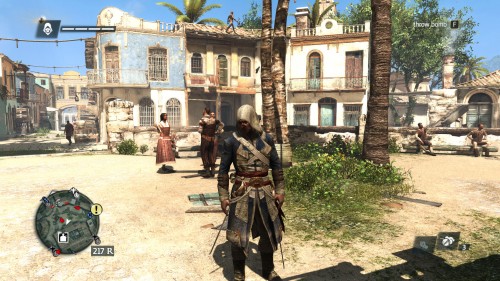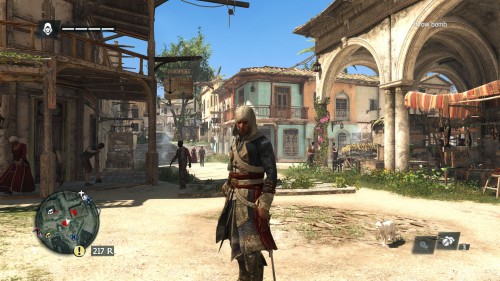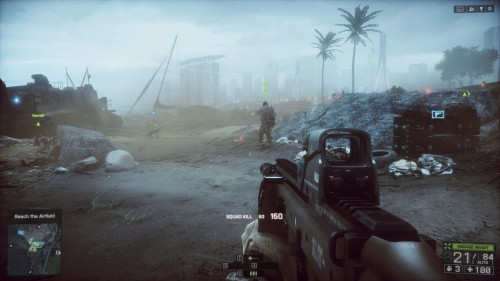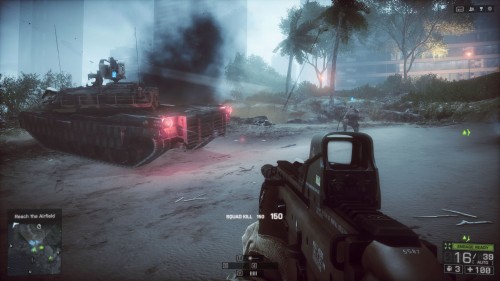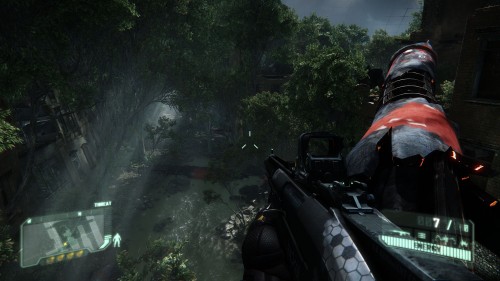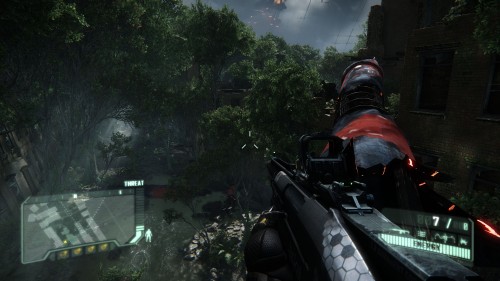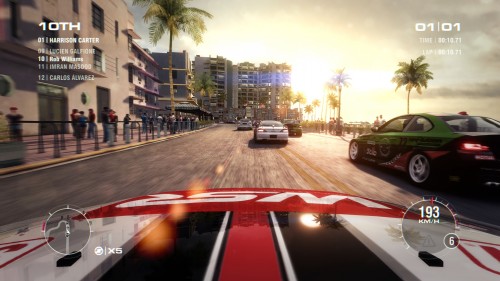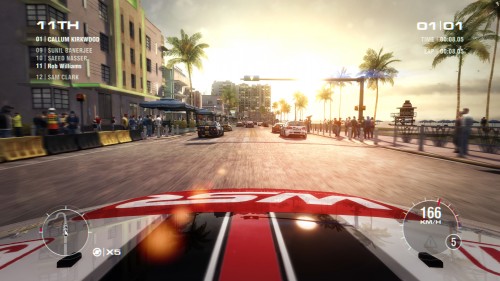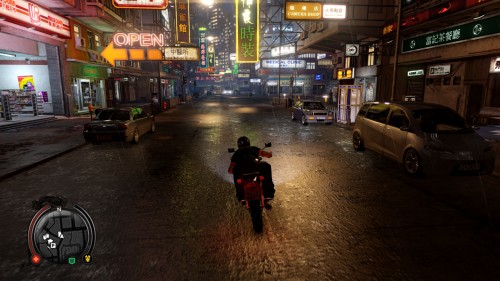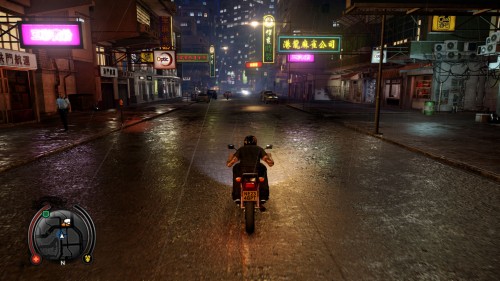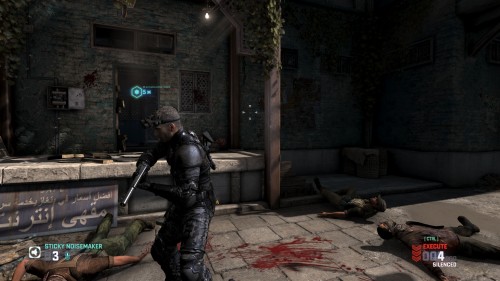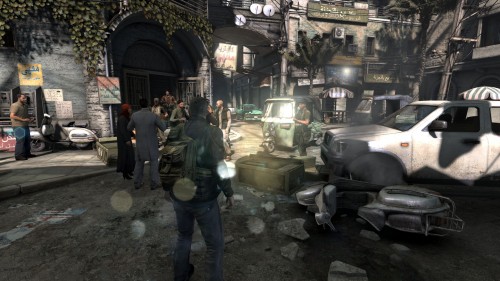- Qualcomm Launches Snapdragon 4 Gen 2 Mobile Platform
- AMD Launches Ryzen PRO 7000 Series Mobile & Desktop Platform
- Intel Launches Sleek Single-Slot Arc Pro A60 Workstation Graphics Card
- NVIDIA Announces Latest Ada Lovelace Additions: GeForce RTX 4060 Ti & RTX 4060
- Maxon Redshift With AMD Radeon GPU Rendering Support Now Available
AMD Radeon R9 290X & NVIDIA GeForce GTX 780 Ti Review

More often than not, every battle in the GPU Wars is hotly contested. From performance to appraisals of value, AMD and NVIDIA always engage in apparent mortal combat with each generation of GPU. This current gen of GPU, though, sees a clear-cut winner in most catagories. So did Team Red win, or did Team Green? Read on to find out!
Page 7 – Best Playable: Single Display
For about as long as GPU-accelerated games have existed, an ideal performance target has been 60 frames-per-second. Owing thanks to this is the standard 60Hz monitor, which delivers its best result when the framerate matches its refresh rate. To make sure the monitor’s refresh rate and game’s framerate keep aligned, to avoid visible tearing, VSync should be enabled.
While I believe our Best Playable results will appeal to any gamer, they could especially prove useful to those intrigued by livingroom gaming or console replacements. The goal here is simple: With each game, the graphics settings are tweaked to deliver the best possible detail while keeping us as close to 60 FPS on average as possible.
Because our Metro Last Light and Total War: SHOGUN 2 tests are timedemos, and because this kind of testing is time-consuming, I am sticking to six out of the eight games I test with for inclusion here.
Our regular benchmark tests showed that the R9 290X and 780 Ti perform on an equal level, with NVIDIA getting the slight edge in most tests. That being the case, most of the Best Playable settings are going to be identical between both cards; this is especially true on this page, since we’re dealing with only a single display. Because we’re dealing with just two cards; one from AMD, and the other from NVIDIA, the results here are in alphabetical order like in the rest of our results.
With AC IV’s foolish design of a 60 FPS cap, it should come as no surprise that we’re able to retain the same settings used in our normal benchmarking and keep achieve playable framerates. Given the results here, neither card gets an edge, though it must be said that NVIDIA’s screenshot has a cat in it. So there’s that.
Both the R9 290X and 780 Ti might be extremely powerful, but 2560×1440 might still prevent you from topping out ingame settings – such is the case here, with Battlefield 4. Fortunately, the tweaks needed to hit 60 FPS are minimal: Reduce anti-aliasing slightly, and move from HBAO to SSAO.
As with Assassin’s Creed IV: Black Flag, the “Best Playable” results for Crysis 3 match those from the regular benchmarking. These are not the maximum settings the game can utilize, but for the Ultra profile to be playable at this resolution, multi-GPU is required.
Once again, the settings used in the normal benchmarking gets carried over here, and overall, the results are impressive for both cards.
I hate to sound like a broken record, but with Sleeping Dogs, the same settings as used in the normal benchmarking can be retained. It could be noted that AMD’s card proved 5 FPS better at the minimum side of things, but overall both cards offer nearly identical performance.
I can’t wait to get into the next page, because it’s a little boring to say the same thing over and over. So with that, let’s move onto what’s considered “best” for 5760×1080.
Support our efforts! With ad revenue at an all-time low for written websites, we're relying more than ever on reader support to help us continue putting so much effort into this type of content. You can support us by becoming a Patron, or by using our Amazon shopping affiliate links listed through our articles. Thanks for your support!




